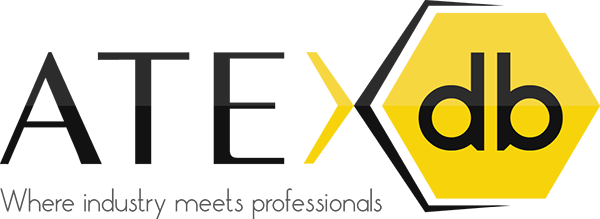How to create an explosion proof forklift
10/03/2017
"From chemical factories to whisky distilleries, explosion proof forklifts keep drivers and plant operators safe when the trucks operate in potentially explosive atmospheres, and help to prevent major industrial accidents," explains Steve Noakes from Pyroban, a company that provides explosion proof forklift conversions.
The infographic shows the Pyroban conversion process which can take between four and 12 weeks, depending on the requirements.

Step 1: Pre-conversion Vehicle Inspection
The original vehicle is fully assessed and tested before conversion to identify potential ignition sources.
Step 2: Explosion Proof System Design
The explosion protection system is then designed according to the risk. Pyroban selects the most appropriate protection method for the component type and final zone requirement, whether Zone 1, 2, 21 or 22 hazardous areas.
Step 3: Explosion Proof Conversion:
Each component is addressed according to the pre conversion analysis.
Enclosures may be used to protect arcing and sparking components, tailored electrical interfaces protect the vehicle control systems, surface temperature limitation and monitoring ensures the motors, engine, brakes, electrics and other components remain below the auto-ignition temperatures (T class) of flammable materials.
In the case of diesel engines, the solutions include exhaust gas cooling, flame arrestors, air shut-off valves and spark arrestors with automatic engine shutdown in the event of overspeed or other abnormal conditions being detected.
For both electric and diesel powered trucks, Pyroban’s dedicated gas detection system may be used for vehicles operating in Zone 2 areas.
Other non-electrical hazards are also addressed. For example, forks and load handling equipment are protected, typically being clad in stainless steel. Static spark risks are addressed with anti-static materials or coatings.
WATCH ANIMATION EXPLAINING THE RISKS AND THE CONVERSION PROCESS
|
the dangers of forklft trucks and mobile equipment in explosive atmospheres
|
Step 4: Testing and Inspection
After final testing and inspection according to prescribed legal standards, certification is issued confirming the equipment is safe for use in hazardous areas.
"The current edition of ISO 3691-1:2011, transposed into European standards in 2012, clearly states that with regards to safety, unauthorised truck modification is not permitted and that no alterations should be made without the prior written approval of the original truck manufacturer. Our OEM contracts ensure both parties are involved in the explosion protection process," confirms Steve Noakes.
For more than four decades Pyroban has developed close links with all major forklift brands. It also has extensive links with certification authorities including SIRA, INTERTEK, ElectroSuisse, INERIS and TUV in Europe; FM, CSA, in America; and PCEC, CQST and NEPSI in China, which supports the conversion of almost every type of mobile equipment to ensure full compliance with relevant local safety regulations such as ATEX in Europe or GB19854-2005 in China.
Pyroban typically converts counterbalance forklifts, VNA, order pickers, reach trucks and other warehouse equipment, but access platforms, cranes, military and mining equipment are also becoming common.
Source: https://www.forkliftaction.com/news/newsdisplay.aspx?nwid=18163

